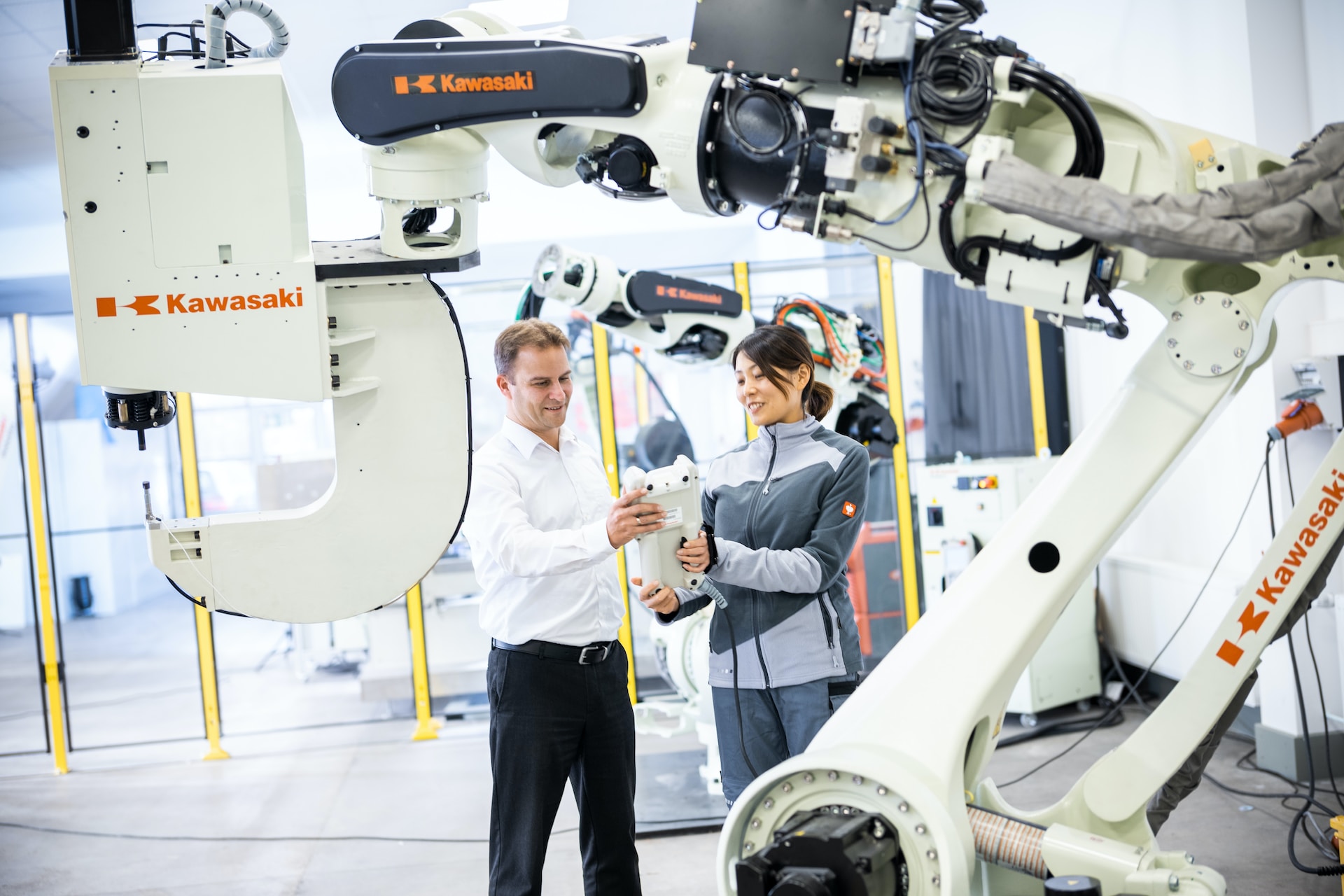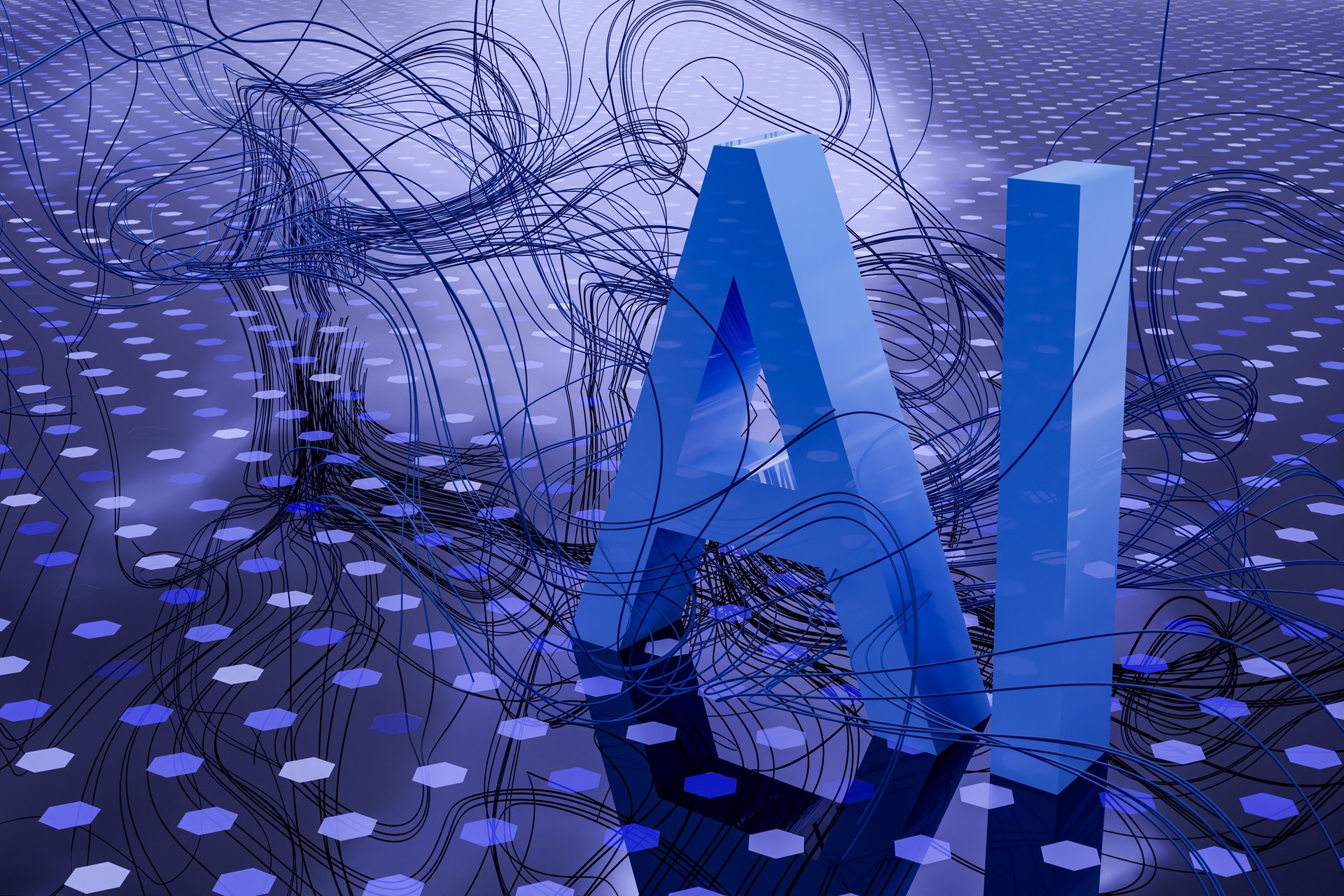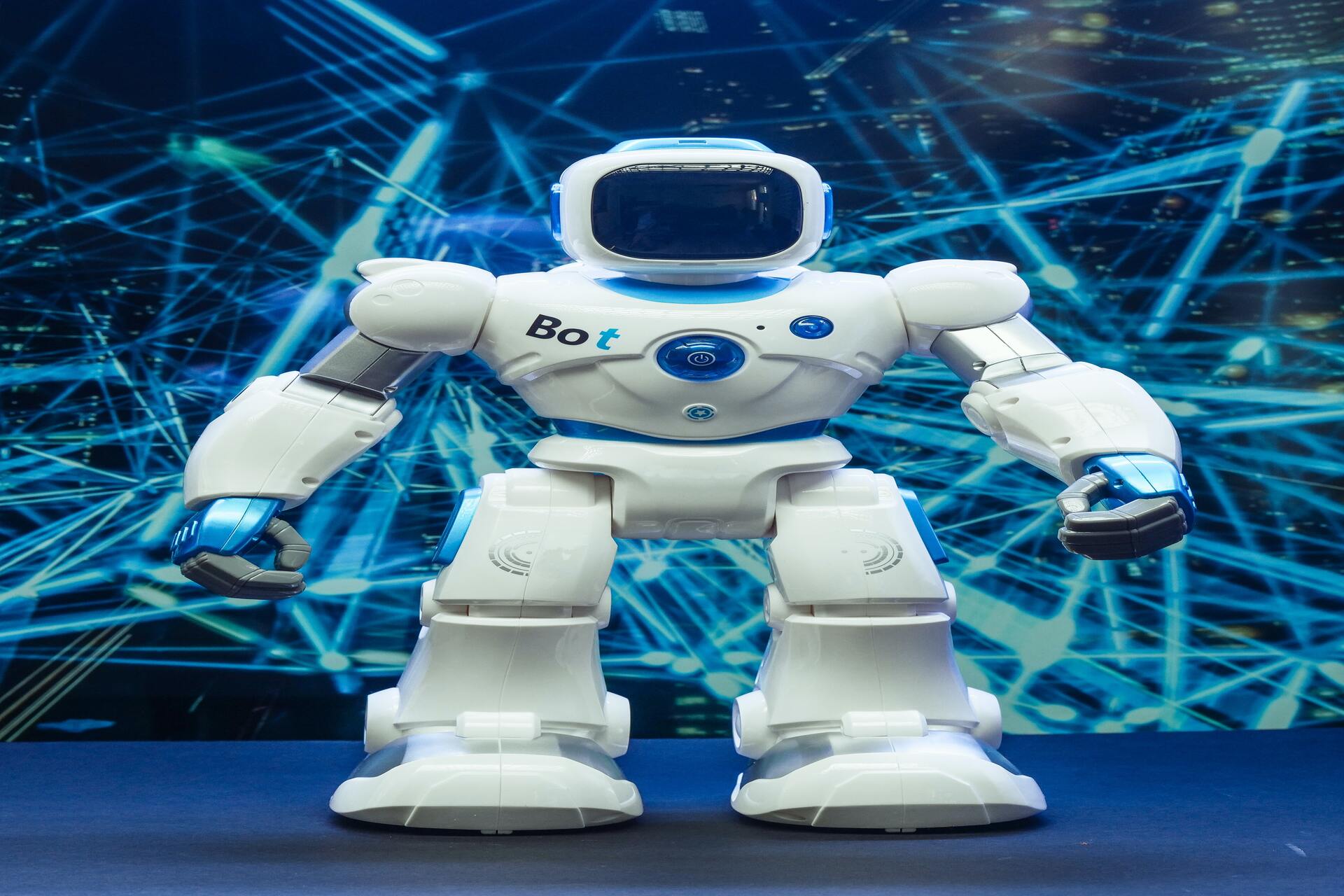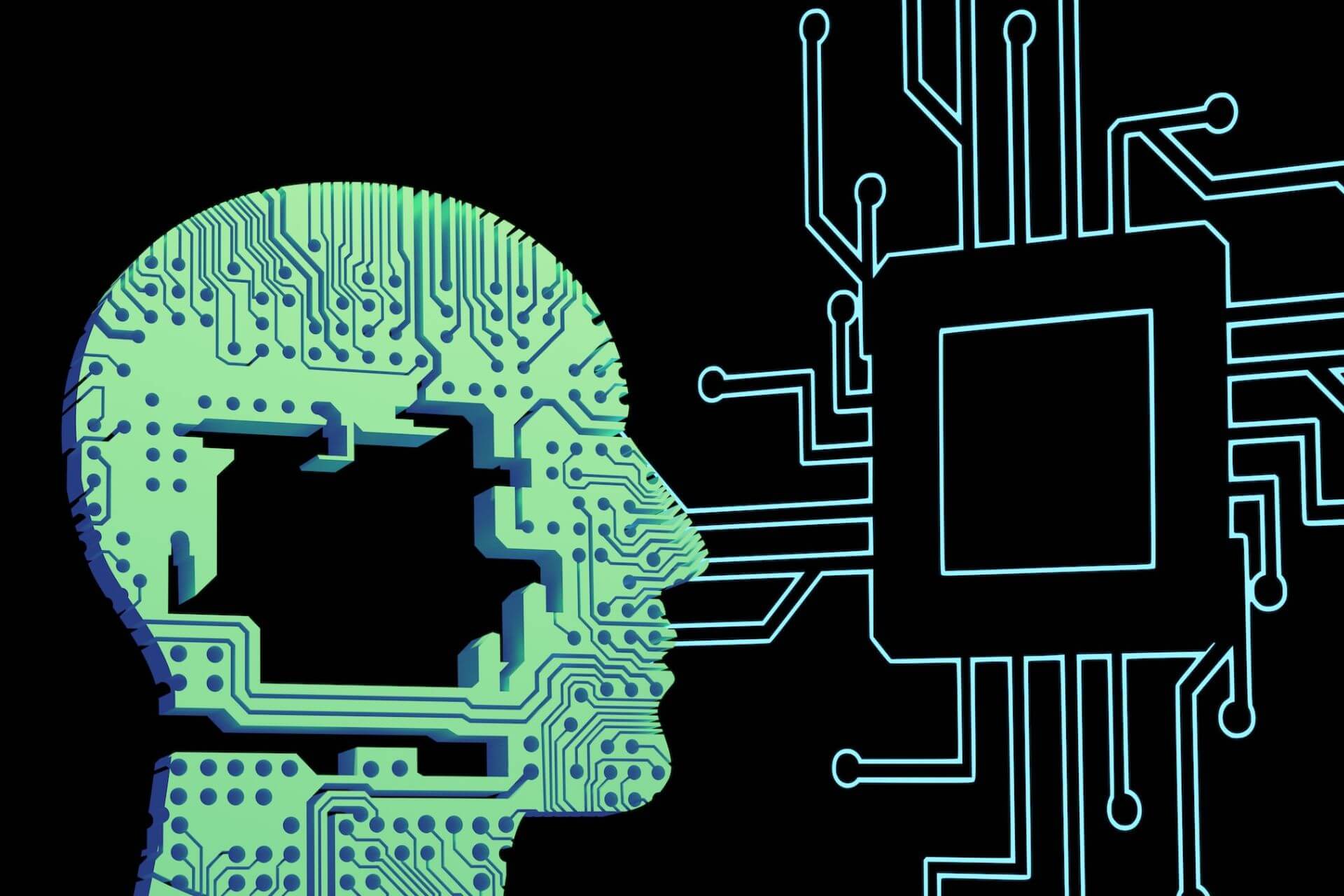
The 6 Branches of Artificial Intelligence Explained
February 8, 2023 - Ellie Gabel
Revolutionized is reader-supported. When you buy through links on our site, we may earn an affiliate commision. Learn more here.
Artificial intelligence, machine learning, deep learning and neural networks — where does one topic begin and another end? AI is a complex field and its many offshoots are often confused for one another. There are six branches of artificial intelligence, with each one describing a different learning style and applications for use. There are also four distinct levels of AI complexity that are roughly analogous to different levels of intelligence. Here’s a breakdown of AI’s many subcategories.
Types of Artificial Intelligence
Before diving in to the different branches of artificial intelligence, it’s important to explain the distinct types of AI. These four complexity levels could theoretically exist in any AI field. They range from a simple machine that responds only to its immediate environment to a hypothetical self-aware being:
- Reactive Machine AI
This type of AI allows a program to respond only to current events. It can’t remember the past or predict the future. An example is the Deep Blue supercomputer, endowed only with the ability to react to chess moves, that beat chess grandmaster Garry Kasparov in 1996 and ‘97.
If reactive machine AI had an animal counterpart, it would be a starfish — able to see, feel and react, but not having a brain to store memories or make plans. It truly is living in the current in both senses of the word.
- Limited Memory AI
A limited memory AI program can use data from the recent past to make informed and improved choices. Self-driving cars do this. However, limited memory AI programs don’t store a wealth of past experiences to draw upon in the future.
Think about a fruit fly, which can only remember events an average of 24-96 hours. Only short-term memory is used to react to current events and predict the future.
- Theory of Mind AI
Theory of mind (ToM) is the knowledge that other people have the ability to think. This type of AI hasn’t been developed yet, but it could theoretically understand and react to human emotions, or predict what people are going to say. ToM is used to make inferences based on a person’s facial expressions, body language and past experiences.
The animal equivalent would be Alex the African grey parrot — he famously enjoyed tricking another bird at the research lab, telling him to give the wrong answers to questions and goading him into mispronouncing words. Alex would then give the right answer and receive a food reward. He only did this when people were around, suggesting he was aware of the researchers’ expectations.
- Self-Aware AI
Still relegated to the realm of science fiction, this technology hasn’t yet been developed. If theory of mind is the knowledge that others can think, then self-awareness is the recognition of the self as an independent entity.
A self-aware AI system would understand that it’s a robot, be conscious of how its behavior affected others and recognize its own motivations and fears. This would be on par with human cognition.
Branches of Artificial Intelligence
Also called domains, the six branches of AI include entities that may be reactive, have limited memory, possess theory of mind or are self-aware. But the branches categorize AI programs based on their real-world applications and how they learn, not how much they can potentially do.
For example, one deep learning program could be reactive while another is self-aware. However, they still fall into one branch of AI — deep learning — because they use the same learning process.
Here are the six branches of artificial intelligence:
- Machine Learning
Machine learning algorithms use data from past experiences to perform better over time. They process, analyze and then interpret information to solve problems.
First, developers feed the machine learning program a set of sample data to train it. They’re effectively teaching the program how to react to different situations. Then, as the algorithm encounters more data, it gets better at making the right decision.
- Deep Learning
This is a specific type of machine learning that uses neural networks. By giving a deep learning algorithm a wealth of data in the form of images, programmers can train it to recognize different scenes, objects and even faces on its own. It then remembers past images to accurately guess what it’s currently looking at.
Deep learning is useful for interpreting medical imaging, training self-driving cars to recognize pedestrians, identifying people from photos and more.
- Natural Language Processing
This is the science of teaching computers to talk. By training algorithms to recognize, process and respond to human speech, people can use computers as communication tools. Siri, Google Translate and customer service chatbots all use natural language processing (NLP) to become better speakers over time. Twitter uses NLP to filter out hate speech before it reaches a public audience.
- Robotics
This field focuses on the different applications of robots. AI robots can interact with their environment without a human operator remotely controlling them. Their programming allows them to recognize and react to objects on their own.
An example of a reactive machine AI robot is an automatic vacuum cleaner. It can perform simple actions like avoiding obstacles. There are also more advanced androids, such as Sophia the robot, that use past experiences to guide their decisions and improve their speaking ability.
- Fuzzy Logic
An answer isn’t always black or white. Sometimes, the truth falls along the middle of the spectrum. Fuzzy logic uses the degree-of-truth approach to problem solving. This is different from the usual Boolean logic method, which has a yes-or-no approach to questions.
A Boolean system could only detect if a road was dry or flooded. Mimicking how real people make decisions, fuzzy logic can determine that a road is slightly wet. Automatic car braking systems use fuzzy logic to determine how hard the brakes should kick in.
- Expert Systems
These AI-based computer systems learn and replicate human decision-making abilities. Expert systems use if-then logic to solve complicated problems without relying on the usual procedural programming. They have a knowledge base filled with facts and rules, and their inference engine draws from this information bank to make choices.
Expert systems are great for virus detection, managing medical records and detecting possible fraud in large databanks.
AI: The Future of Technology
AI has allowed 21st-century medicine, computer science, engineering and other tech-based fields to make great strides forward. Though AI unnerves some people, current technology is nowhere near the level of allowing a robot uprising, and the six branches of artificial intelligence all have useful real-world applications. AI will continue to make life easier well into the future.
Revolutionized is reader-supported. When you buy through links on our site, we may earn an affiliate commision. Learn more here.
Author
Ellie Gabel
Ellie Gabel is a science writer specializing in astronomy and environmental science and is the Associate Editor of Revolutionized. Ellie's love of science stems from reading Richard Dawkins books and her favorite science magazines as a child, where she fell in love with the experiments included in each edition.





Nice information. Thanks for sharing